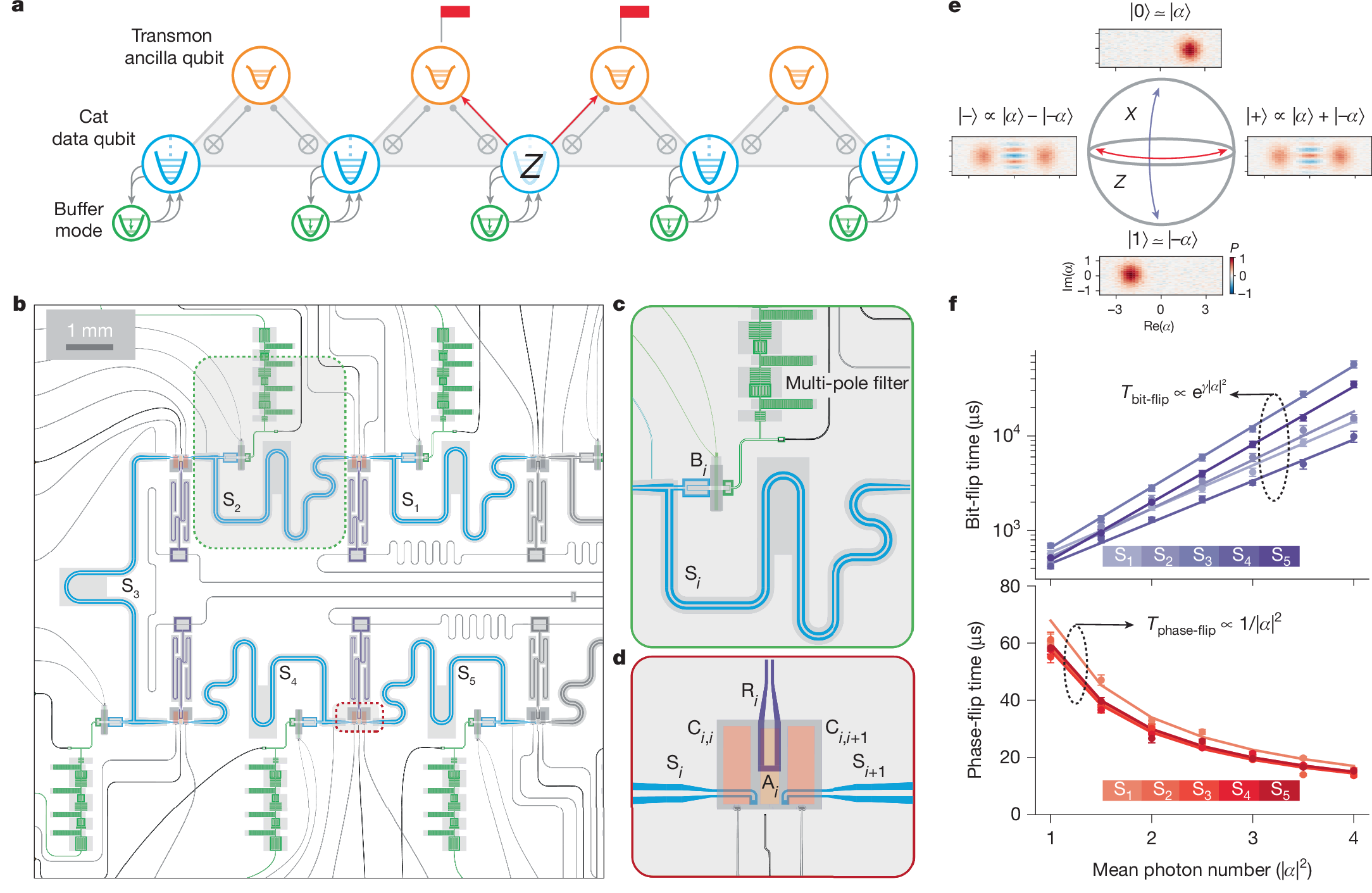2025-02-27 イリノイ大学アーバナ・シャンペーン校
<関連情報>
- https://aces.illinois.edu/news/illinois-researchers-develop-next-generation-organic-nanozymes-and-point-use-system-food-and
- https://www.sciencedirect.com/science/article/pii/S1385894725003596
- https://www.sciencedirect.com/science/article/pii/S0308814625000019
持続可能な有機ナノザイムとPoint-Of-Useセンシングプラットフォームを統合し、農薬と生体分子のデュアル検出を実現 Consolidated sustainable organic nanozyme integrated with Point-Of-Use sensing platform for dual agricultural and biological molecule detection
Dong Hoon Lee, Mohammed Kamruzzaman
Chemical Engineering Journal Available online: 13 January 2025
DOI:https://doi.org/10.1016/j.cej.2025.159560
Graphical abstract

Highlights
- Agricultural and biological-centered, sustainable organic-material-based nanozymes.
- Decent peroxidase-like catalytic activity with sustainable aspects, including degradability.
- Incorporated colorimetric sensing platform for biological molecule sensing.
- Point-Of-Use application for highlighting further real-world implementation.
Abstract
The newly introduced organic nanozymes offer a promising alternative to inorganic nanozymes with sustainable and cost-effective solutions. Given the potential of nanozyme-based Point-of-Care (PoC) systems for on-demand molecule sensing, these user-friendly Point-of-Use (PoU) platforms can be highly beneficial for real-world agricultural and biological applications. Herein, a novel, fully organic compound/monomer-based, sustainable organic nanozyme that exhibits peroxidase-like enzyme-like catalytic activity is introduced. Utilizing a unique self-assembled particle fabrication process, homogenous nanozyme are fabricated within a short time (within 50 nm, D90), exhibiting decent kinetic profiles (Km = 0.008 mM, H2O2), and degradability for improved waste management after its use. OM nanozyme-incorporated colorimetric sensing platforms successfully detect popular agricultural toxic biomolecules and biological molecules while achieving decent molecule sensing performance (Limit of Detection (LOD), glyphosate: 0.290 pgmL−1, glucose: 3.47 ngmL−1) with high analytical sensitivity and selectivity. A smartphone image-based polynomial regression analysis system and paper-microfluidic hardware were also developed to facilitate PoU applications in a lab-free environment with satisfactory analytic sensitivity (at least 1.6 μgmL−1 for glyphosate and glucose). This sustainable OM nanozyme, coupled with the PoU platform, is envisioned to have broad applications in agricultural and biological systems.
ヒスタミン検出のためのアミノ酸ベースの持続可能な有機ナノチームと統合センシングプラットフォーム Amino acid-based, sustainable organic nanozyme and integrated sensing platform for histamine detection
Dong Hoon Lee, Mohammed Kamruzzaman
Food Chemistry Available online 4 January 2025
DOI:https://doi.org/10.1016/j.foodchem.2025.142751

Highlights
- Amino-acid based, organic nanozyme (OA nanozyme) having peroxidase-like catalytic activity.
- Customized particle fabrication procedure for homogenous nanozyme generation.
- Engineering surface-mediated, effective histamine sensing system.
- Affordable analytic sensitivity/selectivity, with cost-effectiveness below 1USD/set.
Abstract
Inorganic nanozymes hold promise for biomolecule sensing but face challenges like complex fabrication, toxicity, and low sustainability, limiting their use. To overcome these, a sustainable organic nanozyme (OA nanozyme) was created using amino acids and a biocompatible polymer for effective histamine detection. The OA nanozyme exhibits peroxidase-like activity and was fabricated through a single chelation/polymer entanglement method, enabling rapid production (within 3 h) with uniform morphology (≤100 nm diameter) and a negative surface charge at neutral pH. It shows decent kinetic performance (Km = 0.009 mM for H2O2) and biocompatibility, making it suitable for biological applications. The OA nanozyme achieved high sensitivity for histamine detection (LOD: 21.37 pgmL−1) with excellent selectivity and specificity against related molecules. The system’s ability to detect histamine in real food samples (e.g., spinach) was also confirmed. These findings indicate that the OA nanozyme holds significant potential for broader applications in food safety and quality assurance.



